Welcome to a world of wonder and discovery as we delve into the fascinating realm of “Fun Facts for Kids About the World”. As an expert in sharing engaging and educational content, I am thrilled to introduce you to a treasure trove of knowledge that will spark curiosity and ignite imagination in young minds. From the iconic Great Wall of China to the breathtaking Burj Khalifa in Dubai, each fun fact will transport you to different corners of the globe, unveiling the wonders of our planet in an exciting and informative way. Join me on this journey of exploration as we uncover the secrets of the world’s longest coastline, the tallest building on Earth, and much more. Let’s embark on an adventure of learning and discovery, where each fun fact is a stepping stone to a deeper understanding and appreciation of the world we live in. Get ready to be amazed and inspired by the incredible diversity and beauty of our planet! Welcome to “Fun Facts for Kids About the World”.
Fun Facts for Kids About the World
1. The Great Wall of China is Visible from Space
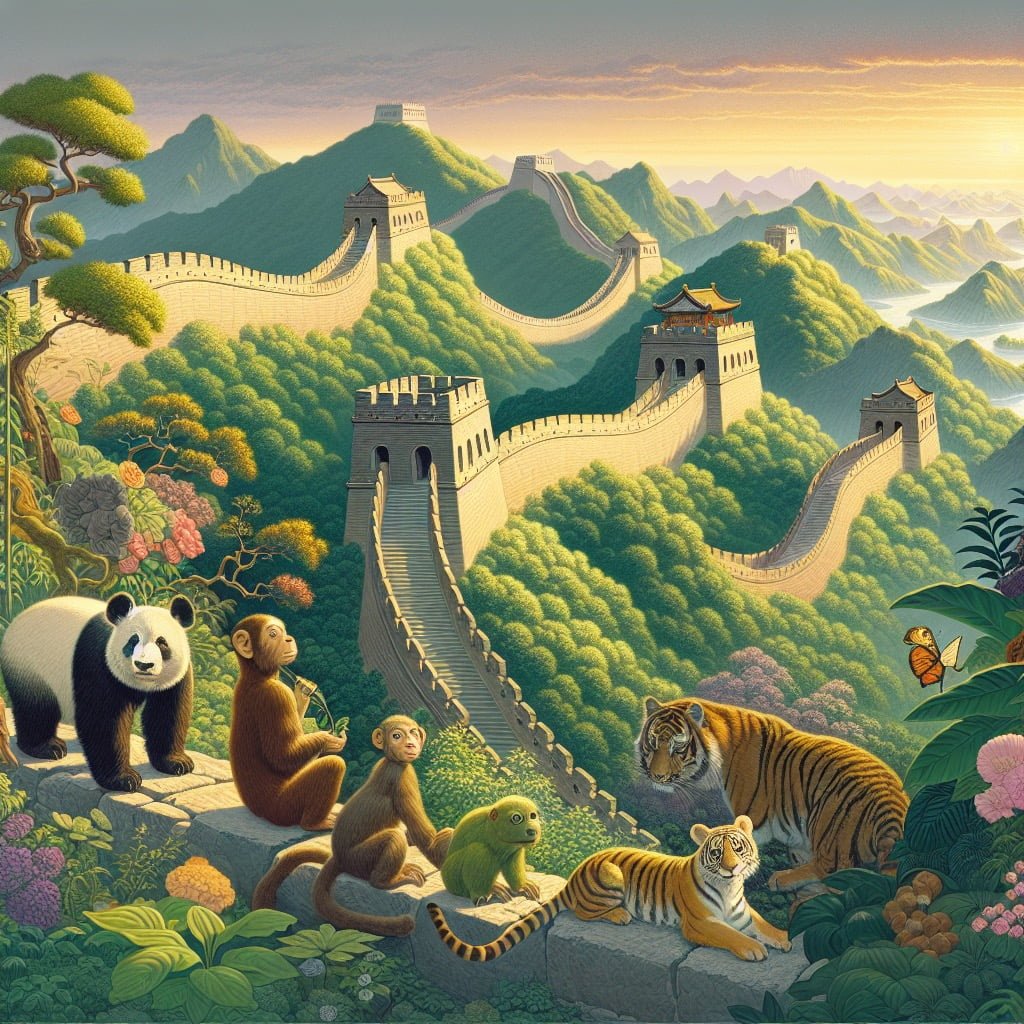
For younger kids: The Great Wall of China is really, really big and can be seen from way up high.
For older kids: The myth that the Great Wall of China is the only man-made structure visible from space might not be entirely true, but it’s still an impressive and massive construction that spans over 13,000 miles.
Detailed explanation:One of the most popular and widely circulated myths about the Great Wall of China is that it is visible from space. While this makes for a fascinating tidbit of information, it is not entirely accurate. In reality, the Great Wall of China is not easily visible from space with the naked eye. This misconception is likely due to a misinterpretation of statements made by early astronauts who claimed to have seen it from space.
The Great Wall of China stretches over 13,000 miles across northern China, making it one of the most impressive architectural feats in history. However, its width is only about 30 feet wide in most places, which is not substantial enough to be distinguishable from space. In addition, the color of the wall blends in with the surrounding terrain, further making it difficult to spot from such a great distance.
While the Great Wall of China may not be visible from space in the way that many people believe, it is still an awe-inspiring structure that is well worth a visit. As one of the most iconic landmarks in the world, the Great Wall offers a glimpse into China’s rich history and serves as a testament to the ingenuity and perseverance of the ancient Chinese civilizations.
In conclusion, while the myth that the Great Wall of China is visible from space may be a popular one, it is important to separate fact from fiction. This fun fact for kids about the world may capture their imagination, but it is important to provide them with accurate information about the wonders of the world, such as the impressive Great Wall of China.
Fun Facts for Kids About the World
2. The Eiffel Tower Can Grow Taller in the Summer

For younger kids: The Eiffel Tower in Paris is like a super-tall tree—it can grow taller when it’s hot outside!
For older kids: Due to thermal expansion, the metal structure of the Eiffel Tower can increase in height by up to 6 inches during hot days in the summer.
Detailed explanation:One of the fascinating Fun Facts for Kids About the World is that the iconic Eiffel Tower in Paris can actually grow taller during the summer months. This phenomenon is due to the expansion of the iron structure when temperatures rise.
The Eiffel Tower, standing at 1,063 feet tall, is made up of iron, which expands in heat and contracts in cold temperatures. This means that during hot summer days, the iron expands and the tower can grow by as much as 6 inches in height. This expansion is a result of the metal atoms within the iron lattice vibrating more rapidly and taking up more space, causing the structure to increase in size.
Interestingly, this change in height is not noticeable to the naked eye, but it is a scientific fact that has been confirmed by engineers and experts. The expansion and contraction of the Eiffel Tower is a normal occurrence and does not pose any structural risks to the building.
In addition to being a remarkable architectural feat, the Eiffel Tower’s ability to grow taller in the summer serves as a fun and educational fact for kids about the world. It showcases how materials can react to changes in temperature and how physical properties such as expansion and contraction play a role in everyday structures. The next time you visit the Eiffel Tower during the summer, remember that it may be just a little taller than usual!
Fun Facts for Kids About the World
3. Australia is Home to the World’s Largest Coral Reef
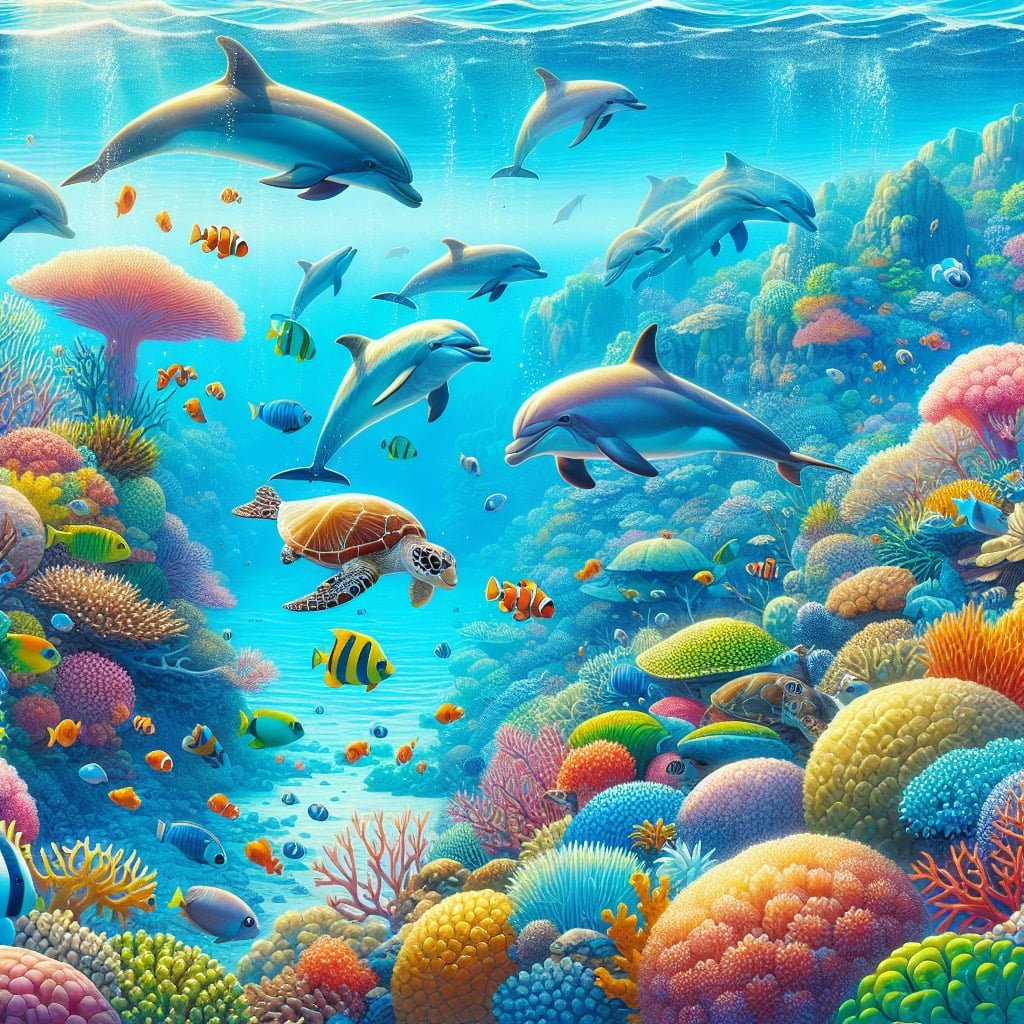
For younger kids: In Australia, there’s a really, really big underwater neighborhood made of beautiful coral and colorful fish.
For older kids: The Great Barrier Reef is the largest coral reef system in the world, stretching over 1,400 miles and hosting an incredibly diverse marine ecosystem.
Detailed explanation:Australia is home to the world’s largest coral reef system, known as the Great Barrier Reef. Stretching over 2,300 kilometers along the northeast coast of Australia, this natural wonder is not only the largest coral reef in the world, but also the most diverse. The Great Barrier Reef is made up of over 2,900 individual reefs and 900 islands, creating a vast and complex ecosystem that supports a wide variety of marine life.
Fun Facts for Kids About the World The Great Barrier Reef is home to thousands of species of fish, coral, and other marine creatures, making it a popular destination for snorkeling and scuba diving. In fact, it is estimated that the reef is home to more than 1,500 species of fish, 400 species of coral, and 4,000 species of mollusks. The vibrant colors and intricate patterns of the coral and marine life make the Great Barrier Reef a breathtaking sight to behold.
In addition to its biological diversity, the Great Barrier Reef also plays a crucial role in the global ecosystem. Fun Facts for Kids About the World Coral reefs are often referred to as the “rainforests of the sea” due to the high levels of biodiversity they support. The reef provides habitat for numerous species of marine life, helps protect coastlines from erosion, and supports local economies through tourism and fishing.
Unfortunately, the Great Barrier Reef faces numerous threats, including climate change, pollution, and overfishing. Fun Facts for Kids About the World It is important for us to take action to protect this precious natural resource for future generations to enjoy. By raising awareness about the importance of coral reefs and taking steps to reduce our impact on the environment, we can help preserve the beauty and biodiversity of the Great Barrier Reef for years to come.
Fun Facts for Kids About the World
4. The Nile River is the Longest River in the World
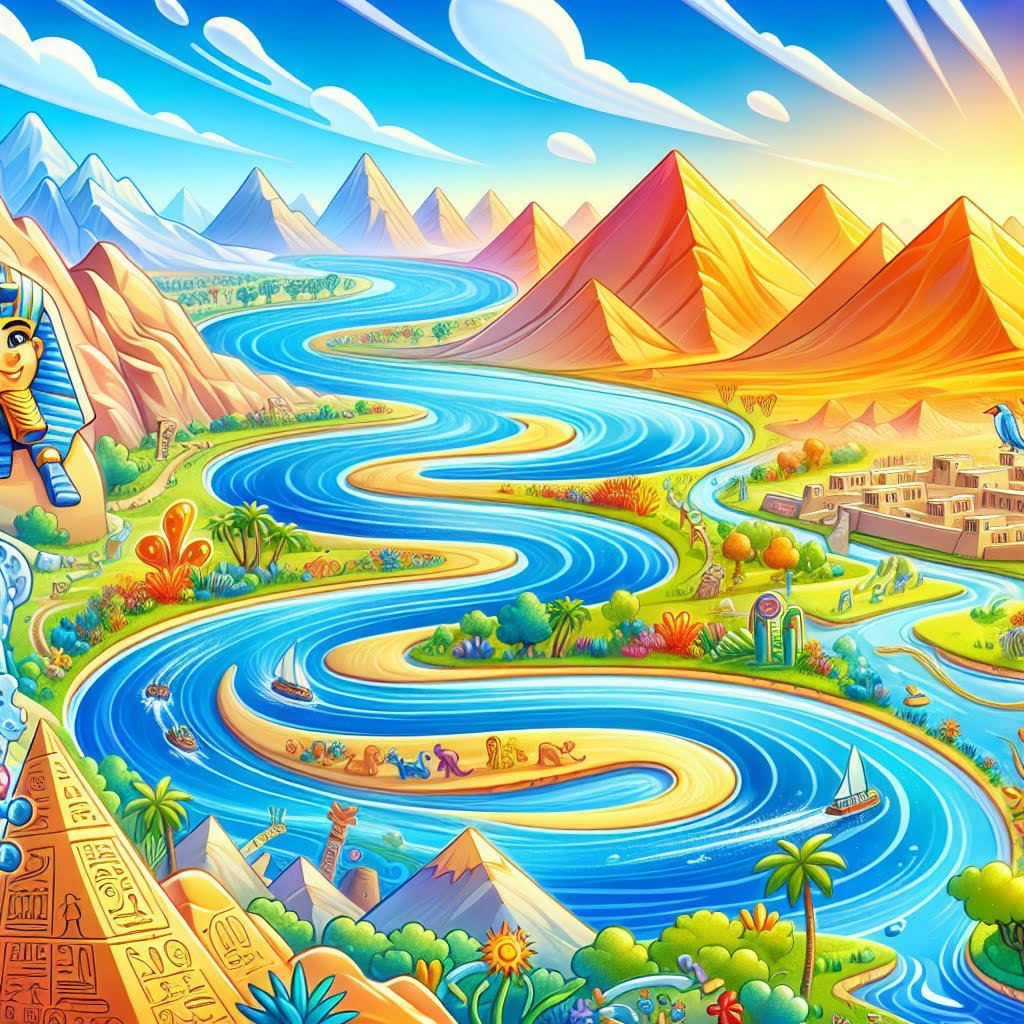
For younger kids: The Nile River in Egypt is super-long, like a snake winding through the desert!
For older kids: The Nile River holds the title of the longest river on Earth, with a length of approximately 4,135 miles, providing water and sustenance to countless civilizations throughout history.
Detailed explanation:Fun Facts for Kids About the World: The Nile River is known as the longest river in the world, spanning over 4,135 miles in length. It holds a significant place in history and has been a lifeline for the people living along its banks for thousands of years. The Nile River flows through multiple countries in Africa, including Egypt, Sudan, Ethiopia, and Uganda, before emptying into the Mediterranean Sea.
One of the key reasons that the Nile River is considered the longest river in the world is due to the fact that it has two main tributaries, the White Nile and the Blue Nile, which meet in Sudan before continuing their journey northwards towards Egypt. These tributaries are crucial sources of water for the river, especially during the dry season when rainfall is scarce.
The Nile River has played a vital role in the development of ancient civilizations, particularly the Egyptian civilization. The annual flooding of the Nile deposited nutrient-rich silt along its banks, allowing for fertile agricultural land and sustainable farming practices. This led to the rise of complex societies with advanced irrigation systems and monumental structures such as the pyramids.
In addition to its historical significance, the Nile River is also home to a diverse range of flora and fauna. The river supports a variety of wildlife, including crocodiles, hippopotamuses, and numerous species of birds. It is also a crucial water source for millions of people living along its shores, providing irrigation for crops, drinking water, and transportation.
Overall, the Nile River is not only the longest river in the world but also a fascinating natural wonder that continues to captivate people of all ages. Fun Facts for Kids About the World would definitely include interesting tidbits about this iconic river and its importance in shaping the history and culture of the region.
Fun Facts for Kids About the World
5. Japan Consists of Over 6,800 Islands

For younger kids: Japan is like a really big puzzle with thousands of pieces—it’s tons of tiny islands all put together!
For older kids: Japan is an archipelago comprising 6,852 islands, each with its own unique culture, geography, and history, making it a diverse and captivating nation.
Detailed explanation:Japan is a fascinating country known for its rich culture, stunning landscapes, and advanced technology. One fun fact for kids about the world is that Japan consists of over 6,800 islands. While most people are familiar with the four main islands of Japan – Honshu, Hokkaido, Kyushu, and Shikoku – there are thousands of smaller islands that make up the archipelago.
These islands range in size from large, populated islands to tiny, uninhabited islets. Some of the more well-known islands include Okinawa, famous for its tropical beaches and unique Ryukyu culture, and Sado Island, known for its traditional performing arts and gold mines. Each island has its own distinct culture, history, and geography, making Japan a diverse and intriguing country to explore.
The islands of Japan are not only geographically diverse but also geologically fascinating. Japan lies along the Pacific Ring of Fire, a region known for its seismic activity, volcanic eruptions, and earthquakes. This dynamic geology has shaped the landscape of Japan, creating dramatic mountains, hot springs, and rugged coastlines.
In addition to its natural beauty, Japan’s islands are also home to a rich cultural heritage. From ancient temples and shrines to modern cities and bustling markets, each island offers a unique glimpse into Japan’s history and traditions. Whether you’re interested in exploring ancient ruins, sampling traditional cuisine, or experiencing cutting-edge technology, Japan’s islands have something to offer for everyone.
In conclusion, the fact that Japan consists of over 6,800 islands is just one of the many reasons why this country is so unique and fascinating. With its diverse landscapes, rich history, and vibrant culture, Japan is a must-visit destination for anyone looking to experience the wonders of the world.
Fun Facts for Kids About the World
6. Mount Everest Grows Taller Every Year
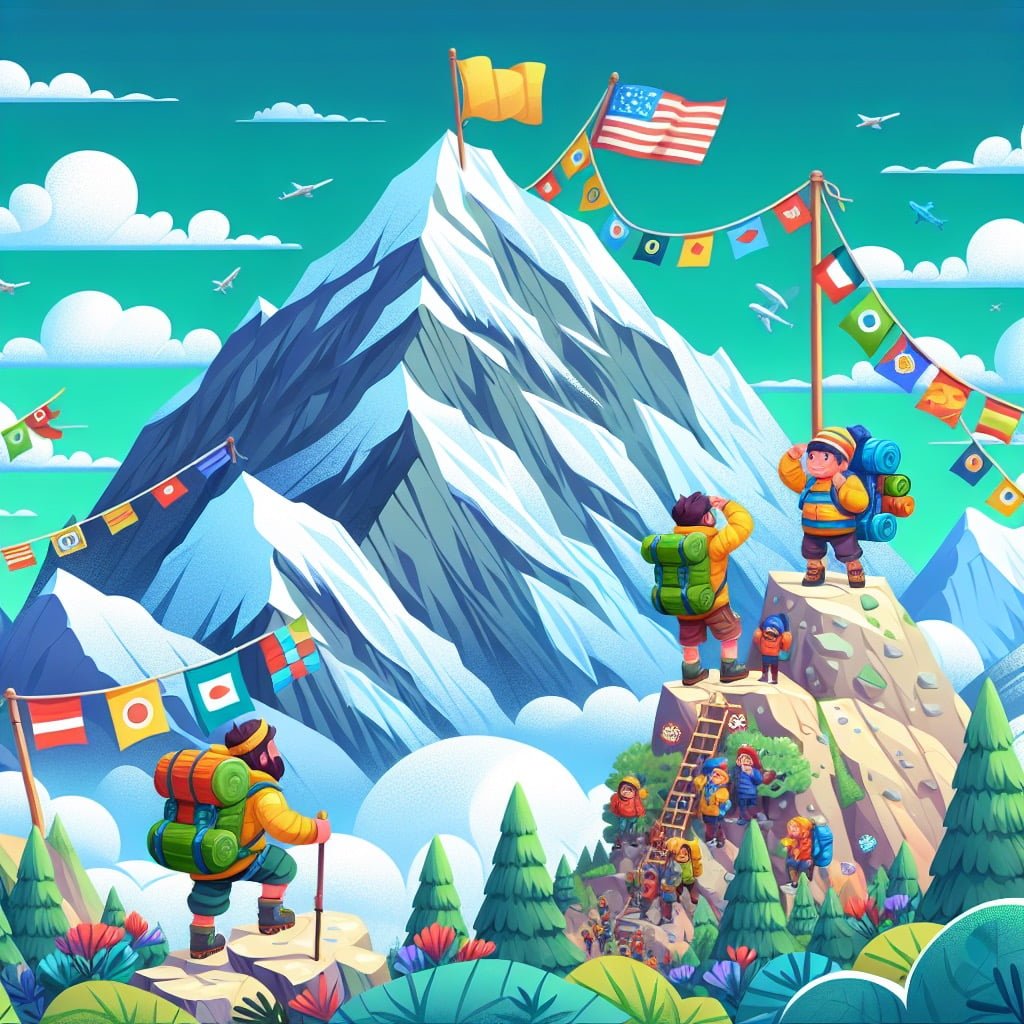
For younger kids: Mount Everest is shooting for the stars—it gets a little taller every year!
For older kids: Mount Everest is rising at a rate of about 0.16 inches each year due to geological forces, making it the tallest mountain in the world and ever-changing.
Detailed explanation:Mount Everest, the tallest mountain in the world, is actually growing taller every year. This might come as a surprise to many, but it is a fascinating geological fact. The mountain grows about 4 millimeters (0.16 inches) taller each year due to the shifting of tectonic plates beneath the Earth’s surface.
Mount Everest is located in the Himalayas, where the Indian Plate is slowly moving northward and colliding with the Eurasian Plate. This collision causes the land to push upward, resulting in the growth of the mountain. This process, known as tectonic uplift, is responsible for the continuous growth of Mount Everest.
In addition to tectonic uplift, the mountain also experiences changes in height due to other factors such as erosion and snow accumulation. The melting and refreezing of snow and ice on the summit can also contribute to the changing height of the mountain.
Overall, the growth of Mount Everest is a fascinating example of the dynamic and ever-changing nature of our planet’s geography. It serves as a reminder of the powerful forces at work beneath the Earth’s surface that shape the world around us.
So, the next time you think about Mount Everest, remember that it is not just the tallest mountain in the world, but also a mountain that is still growing taller each year. Fun Facts for Kids About the World can help us appreciate the wonders of the natural world and inspire curiosity about the forces that shape our planet.
Fun Facts for Kids About the World
7. The Amazon Rainforest Produces 20% of the World’s Oxygen
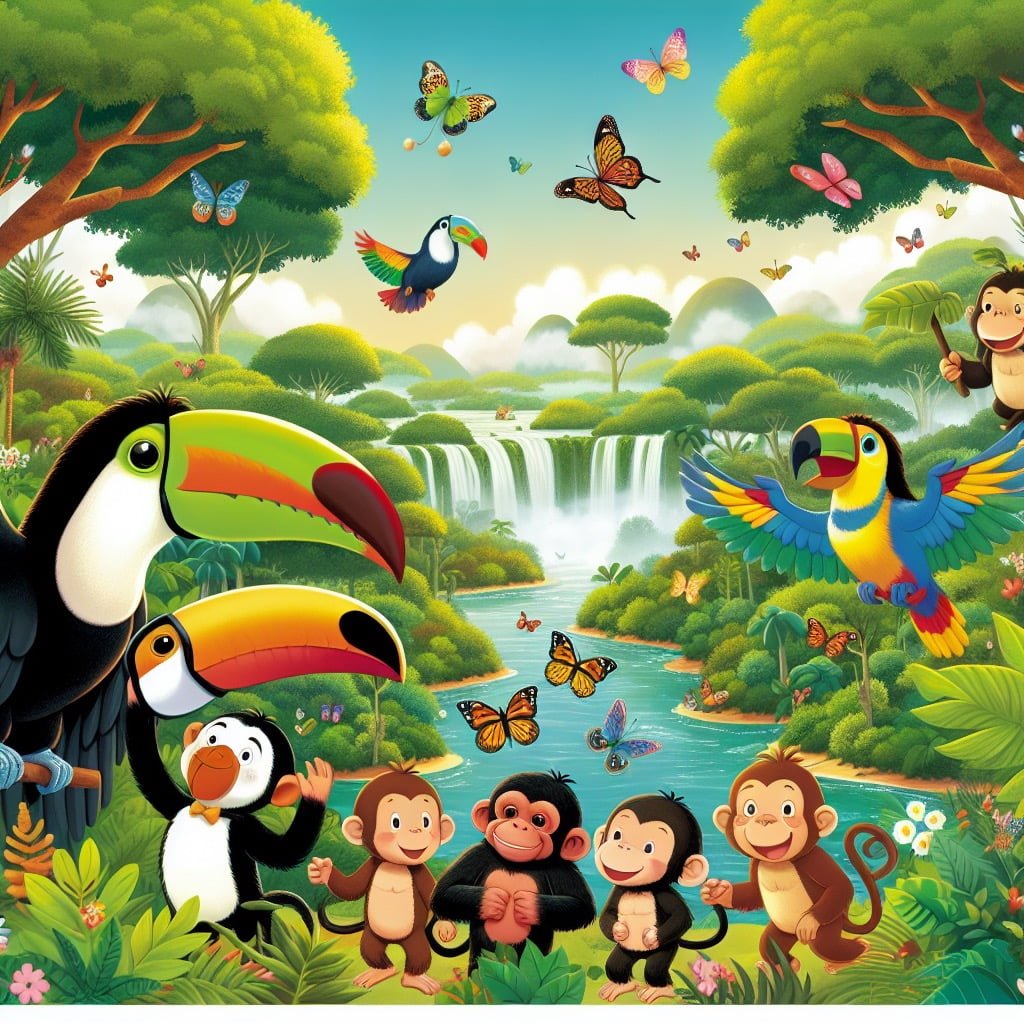
For younger kids: The Amazon Rainforest is like Earth’s garden, making lots and lots of clean air for us to breathe.
For older kids: The Amazon Rainforest is often referred to as the “lungs of the Earth” because it plays a crucial role in producing approximately 20% of the world’s oxygen, essential for all living creatures.
Detailed explanation:The Amazon Rainforest is often referred to as the “lungs of the Earth” because of its crucial role in producing oxygen. In fact, it is estimated that the Amazon Rainforest produces approximately 20% of the world’s oxygen. This staggering statistic highlights the importance of preserving this biodiverse ecosystem for the health of our planet.
One of the main reasons the Amazon Rainforest is able to produce such a large amount of oxygen is due to the process of photosynthesis. Through photosynthesis, plants take in carbon dioxide and water and convert it into glucose and oxygen. The Amazon Rainforest is home to an incredibly diverse array of plant species, including towering trees, vibrant flowers, and lush vines, all of which contribute to the production of oxygen.
Fun Facts for Kids About the World: With its vast expanse of 2.1 million square miles, the Amazon Rainforest is not only the largest tropical rainforest in the world but also plays a vital role in regulating the Earth’s climate. In addition to producing oxygen, the Amazon Rainforest also acts as a carbon sink, absorbing carbon dioxide from the atmosphere and helping to mitigate the effects of climate change.
It is important to recognize the interconnectedness of all ecosystems on Earth. The Amazon Rainforest may be located in South America, but its impact is truly global. By understanding and appreciating the role that the Amazon Rainforest plays in producing oxygen and sustaining life on our planet, we can work towards protecting this invaluable natural resource for future generations.
Fun Facts for Kids About the World
8. Dubai’s Burj Khalifa is the Tallest Building in the World

For younger kids: The Burj Khalifa is like a mega-tall wizard tower reaching into the clouds!
For older kids: The Burj Khalifa stands as the tallest building globally, with a height of over 2,700 feet, offering breathtaking panoramic views and serving as a marvel of modern engineering and design.
Detailed explanation:Dubai’s Burj Khalifa holds the title of being the tallest building in the world, standing at an astounding 2,717 feet tall. This architectural wonder is not only an engineering marvel, but also a testament to human innovation and perseverance.
One of the most fascinating **Fun Facts for Kids About the World** is that the Burj Khalifa features 163 floors, with the highest observation deck located on the 148th floor. Visitors can enjoy panoramic views of Dubai and the surrounding desert landscape from this breathtaking vantage point.
The construction of the Burj Khalifa began in 2004 and was completed in 2010, taking over 22 million man-hours to build. The design of the building was inspired by a desert flower and features a striking modern aesthetic.
One of the key challenges faced during the construction of the Burj Khalifa was the extreme desert temperatures in Dubai. To combat this, the building is equipped with a sophisticated cooling system that keeps its residents and visitors comfortable year-round.
The Burj Khalifa is not only a symbol of Dubai’s wealth and ambition, but also a beloved tourist attraction that draws millions of visitors each year. Its height and futuristic design make it a must-see destination for anyone visiting Dubai.
In conclusion, the Burj Khalifa’s towering presence on the Dubai skyline is a testament to human ingenuity and determination. It stands as a shining example of what is possible when we dream big and push the boundaries of what we thought was achievable. So, next time you visit Dubai, make sure to marvel at this incredible structure that reaches for the sky.
Fun Facts for Kids About the World
9. The Sahara Desert is the Largest Hot Desert in the World

For younger kids: The Sahara Desert is like a giant sandbox, but it’s super hot and dry all the time!
For older kids: Covering an area of over 3.6 million square miles, the Sahara Desert is the largest hot desert globally and contains an incredible variety of landscapes, wildlife, and cultures.
Detailed explanation:Did you know that the Sahara Desert is not only the largest hot desert in the world, but it is also one of the most famous deserts on our planet? Spanning over 3.6 million square miles, the Sahara covers much of North Africa and is almost as large as the entire United States! This vast expanse of sand and rock experiences scorching temperatures during the day and frigid temperatures at night, making it a harsh environment for any form of life to survive.
Despite the extreme conditions, the Sahara Desert is home to a surprisingly diverse range of plants and animals that have adapted to the harsh environment. From the iconic date palm trees to the elusive Saharan cheetah, there is a wealth of unique biodiversity to be found in this arid landscape. Additionally, the Sahara is rich in cultural history, with ancient civilizations such as the Egyptians leaving behind monuments and artifacts that still stand today.
One of the most fascinating aspects of the Sahara Desert is its constantly shifting sand dunes, which can reach heights of over 500 feet. These dunes are shaped by the prevailing winds, creating mesmerizing patterns that change constantly. Despite its reputation as a barren wasteland, the Sahara is a place of beauty and wonder, with breathtaking sunsets and star-filled skies that are truly awe-inspiring.
In conclusion, the Sahara Desert is a remarkable natural wonder that holds a wealth of secrets waiting to be discovered. From its vast size to its unique flora and fauna, there is no shortage of Fun Facts for Kids About the World to be found in this incredible desert.
Fun Facts for Kids About the World
10. Canada Has the Longest Coastline in the World
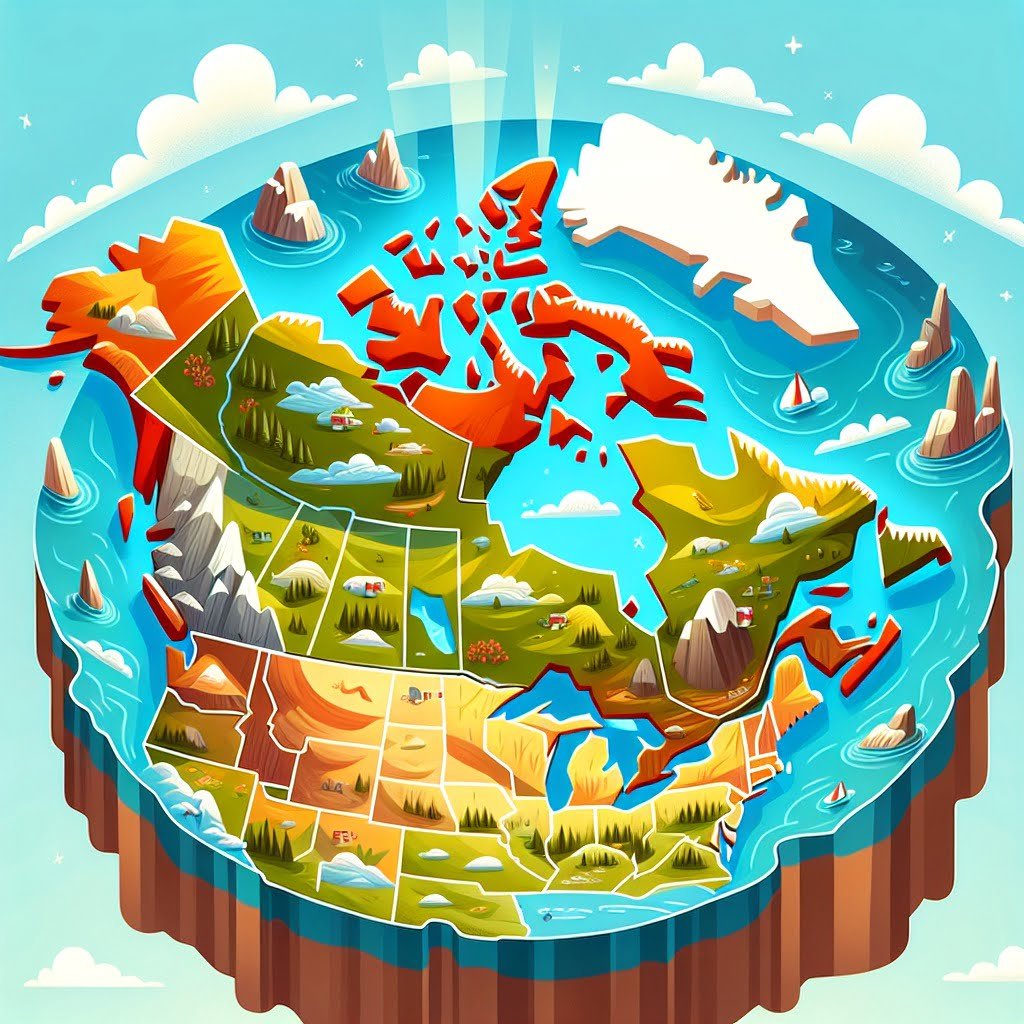
For younger kids: Canada’s coast is like a really long piece of string that wraps around the country and has lots of water and boats!
For older kids: Canada boasts the world’s longest coastline, stretching over 202,080 kilometers and bordering three different oceans, offering diverse marine ecosystems and breathtaking natural beauty.
Detailed explanation:Canada’s vast coastline stretches over 202,080 kilometers, making it the longest in the world. This impressive feat is mainly due to Canada’s numerous islands, inlets, and bays that contribute to the overall length of its coastline. Fun Facts for Kids About the World include Canada’s diverse and expansive shoreline, which is home to a wide variety of marine life and provides important habitats for many species.
One interesting aspect of Canada’s coastline is the Great Bear Rainforest in British Columbia, known for its stunning temperate rainforest and diverse ecosystems. The coastline is also home to several national parks and marine conservation areas, such as Pacific Rim National Park Reserve and Saguenay-St. Lawrence Marine Park, which protect and preserve Canada’s unique coastal environments.
Another Fun Fact for Kids About the World is that Canada’s coastline plays a vital role in the country’s economy, supporting industries such as fishing, shipping, and tourism. The rich marine resources found along the coast provide livelihoods for many Canadians and contribute to the country’s overall prosperity.
In addition to its economic importance, Canada’s coastline is also a source of recreational opportunities for locals and visitors alike. From surfing in Tofino to whale watching in Newfoundland, there are countless ways to explore and enjoy Canada’s expansive shoreline.
Overall, Canada’s status as having the longest coastline in the world is not only an impressive geographical fact, but also a reflection of the country’s natural beauty, biodiversity, and economic significance. It serves as a reminder of the importance of protecting and preserving our coastlines for future generations to enjoy.
Did You Know?
The International Date Line is an imaginary line that runs from the North Pole to the South Pole, and if you cross it, you’ll travel back or forth in time by a day!
Fun Facts for Kids About the World
Embarking on a journey to uncover fun facts about the world is not just an entertaining pastime; it is a gateway to invaluable educational opportunities for children. Through delving into the various countries and cultures that make up our planet, kids can expand their horizons and develop a profound appreciation for the rich tapestry of diversity that surrounds them.
Exploring fun facts can ignite a sense of wonder and curiosity in children, encouraging them to question the world around them and seek out new knowledge. By broadening their perspectives and enhancing their cognitive abilities, fun facts can help kids to not only remember more information but also improve their critical thinking skills.
Moreover, engaging with fun facts about the world can nurture creativity and imagination in children, laying a solid foundation for a lifelong love of learning. In an increasingly interconnected world, it is crucial for kids to become informed global citizens who are culturally aware, socially conscious, and environmentally responsible. By diving into the fascinating world of fun facts about different countries and cultures, children can gain the tools they need to navigate the complexities of our diverse society and make a positive impact on the world around them.
So, let’s inspire children to continue their exploration of the wonders of our planet by discovering the intriguing fun facts that await them. The knowledge they acquire will not only enrich their minds but also empower them to become compassionate and knowledgeable global citizens.
Sources and additional information for Fun Facts for Kids About the World
WikipediaBritannicaHistory of Holidays (History.com)Time and Date HolidaysThe Old Farmer’s Almanac – SeasonsEarthSky – Earth’s SeasonsNational Geographic – The Science of WinterHoliday InsightsSeasons of the YearOffice HolidaysWhy Christmas?History ChannelTime and DateHallmark ChannelBritannicaWikipediaThe Spruce CraftsMartha StewartGood Housekeeping




